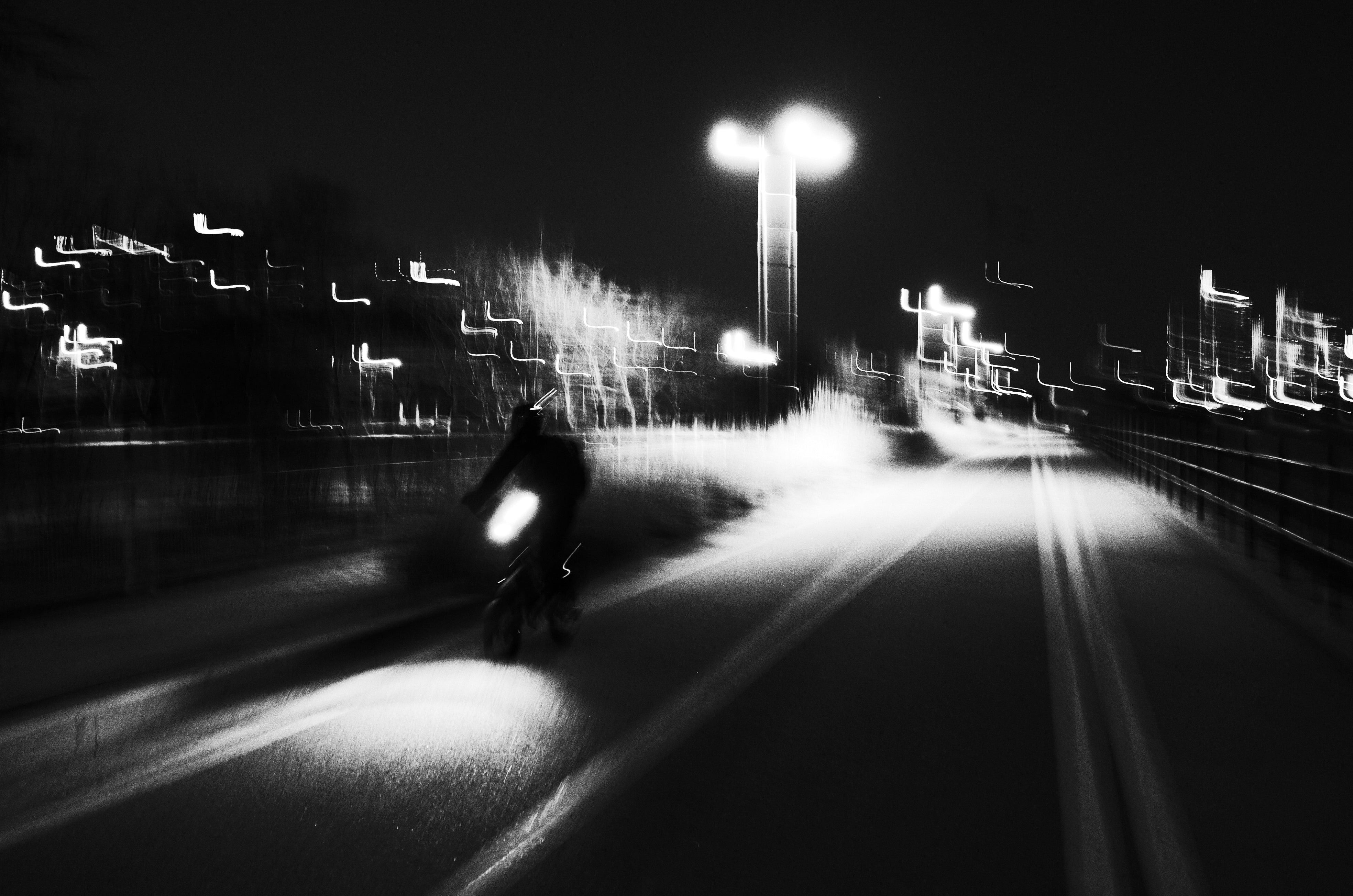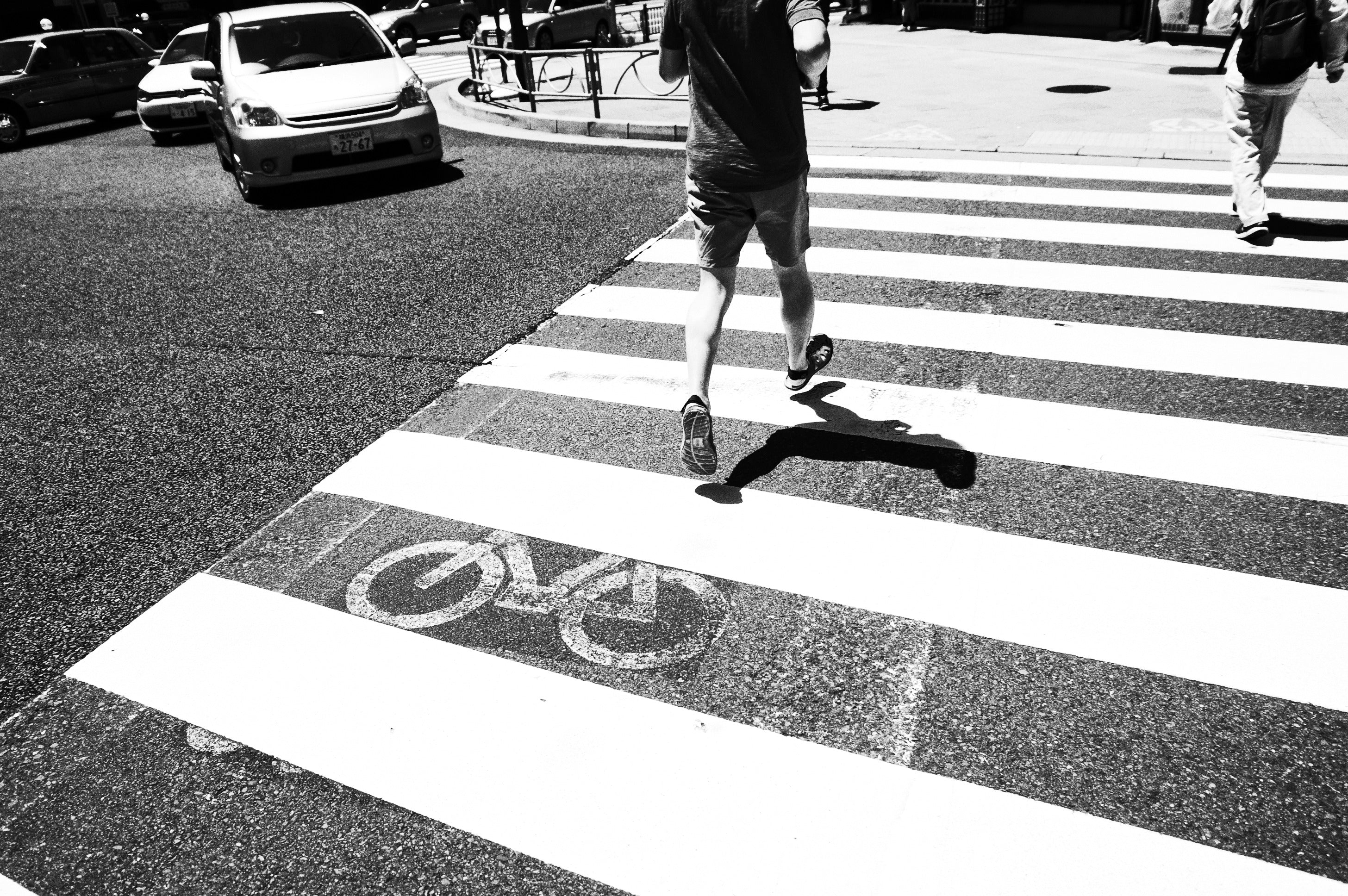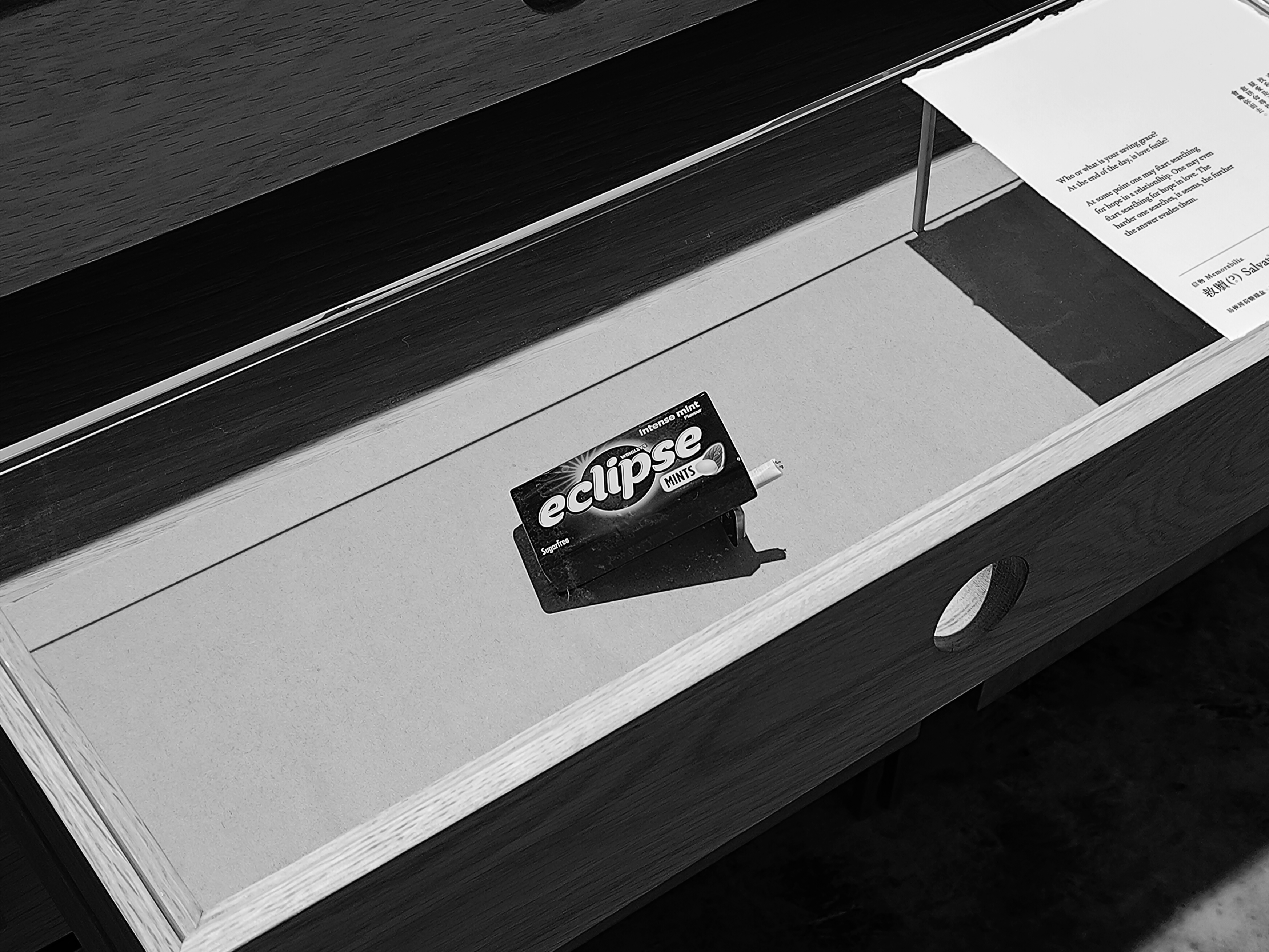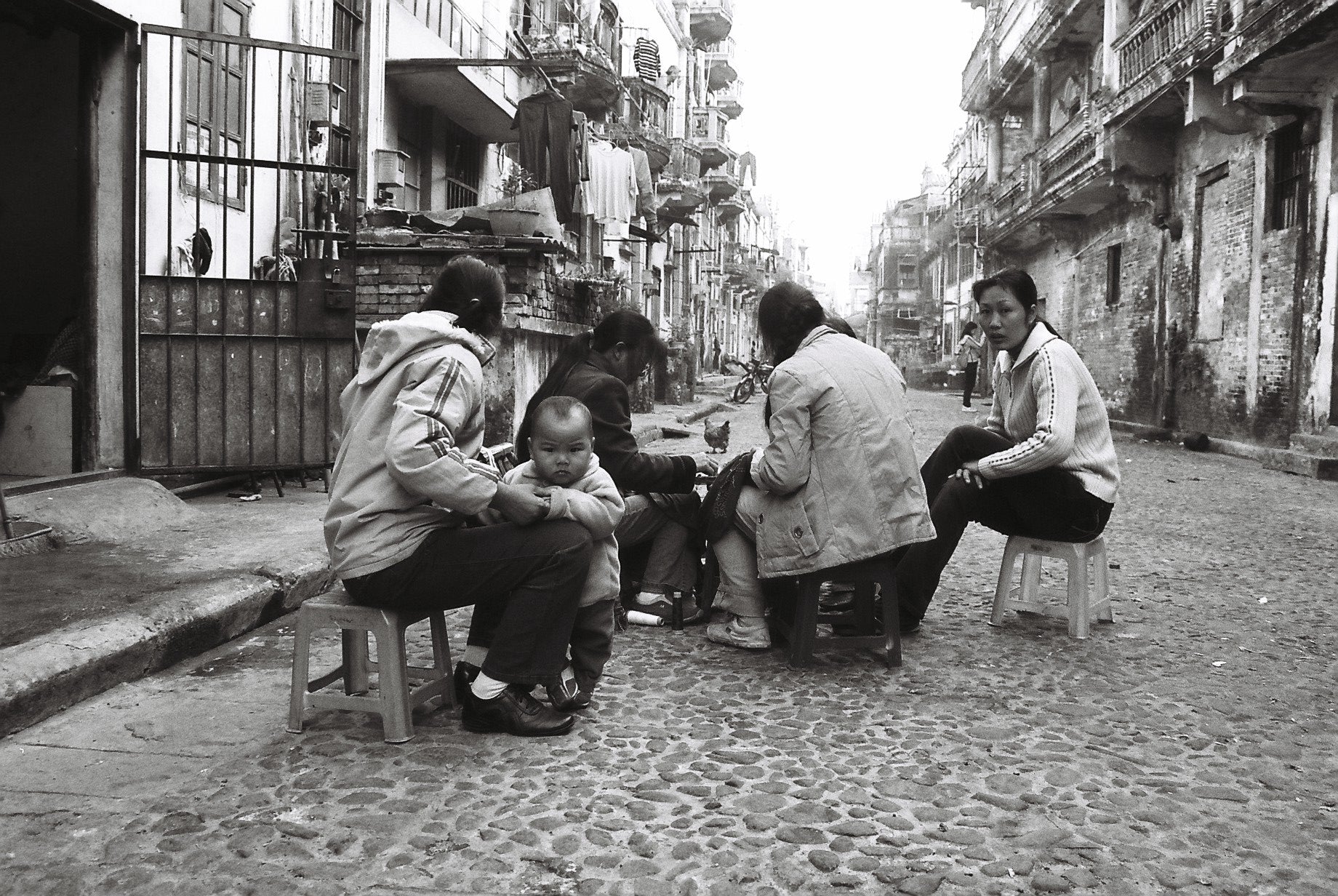A blend of Scent and Chinese typography.
Inspired by Eastern philosophy.
Search
(0)0 items
A blend of Scent and Chinese typography.
Inspired by Eastern philosophy.
Cont.
Leaving no trace:
A reflection on the Into You interactive sound installation and the modern aesthetics of relationships
Positing the Installation as a commentary on contemporary social relations necessitates a working description of the characteristics that define it. In the chapter ‘Classical Perspectives on the Urban Self’ in The Urban Condition: Space, Community, and Self in the Contemporary Metropolis, the Ghent Urban Studies Team (GUST) quotes Karl Lamprecht on hyperstimulation and phantasmagoria (phantasmagoria denoting the dream-like state of urban life) in the urban world— ‘The modern life is extraordinarily unaesthetic to the extent that it leads to continuous disturbances of mental concentration. (…) the rising number of personal physical contacts that comes with the increased lightness of personal interaction—this and a lot more triggers off the wish to escape the servitude of the moment.’

Panning of motorcyclist, South Korea. Photography Jason Kwan, 2022.
One can hardly disagree with Lamprecht’s observation of the brevity that has come to characterise the urban human relations. Concrete pavements and vast transit systems have given rise to fleeting human contact that are mostly, in the grand scheme of things, inconsequential. The Into You interactive installation echoed this brevity in its design, as every encounter within was anonymous and decontexualised. Some participants may find (with good reason) frustration in their inability to reach the person whose story they had just listened to. To them, the act of listening to a stranger’s story in this installation would be, perhaps like other urban human interactions, ultimately inconsequential, especially to that stranger, and by extension, to the participant themselves.

Pedestrian crossing, Tokyo. Photography Jason Kwan, 2016.
However, I observe that in this installation, brevity did not necessarily negate deepness. On the contrary, anonymity allowed the speaker to dive deep into their own experiences, which in turn enabled an arguably profound connection between the speaker and the listener, despite the lack of reciprocation on the listener’s part. As such, the installation brings forward a seemingly paradoxical dynamic: on one hand, the anonymity and ephemerality of these voice tracks leave seems disallow any meaningful interaction, and yet it is for the same reasons that the speaker and listener is able to access the recesses of their minds, making this an exceedingly intimate exchange. In its own way, this installation becomes a site for deep yet brief interactions outside of the abovementioned urban orthodoxy.
In the story of Into You, more often than not, characters meet each other while they are engaged in some sort of commercial activity, or situated in a commercial setting. Yi Lam, the main character, meets her boyfriend King Fai in the café he was working in, and their bond is established via a disposable coffee cup. This token of love between these two characters also happens to be an icon of modern-day capitalism. Subsequently, their relationship is tested when King Fai opens his own café and becomes increasingly consumed by his business. Yi Lam’s other encounter with Darren, the third character, seems to diverge slightly from products and commercial sites. Darren’s Eclipse tin and hand-rolled cigarettes is a concoction that transgresses the limits of these products’ original intentions. Even in this fictional narrative, the city rarely allows for meetings to happen, and relationships to develop without commercial products or sites.

Eclipse tin exhibit, Into You Exhibition. Photography Adrian Lee, 2025.
I return to Bourriaud’s use of the term ‘interstice’ to describe relational art, and suggest that the Into You interactive sound installation plays the role of an interstice in this sense. Bourriard argues that in response to the commercialisation of human relationships in contemporary society, relational art creates ‘interstices’ that fit ‘more or less harmoniously and openly into the overall system, but suggests other trading possibilities than those in effect within this system. (…) it creates free areas, and time spans whose rhythm contrasts with those structuring everyday life, and it encourages an inter-human commerce that differs from the “communication zones” that are imposed on us.’
If Into You’s characters have been imprisoned in these ‘communication zones’ suggested by Bourriard, then the Into You installation is an attempt to create an alternative communication zone for participants. For this iteration of the installation, the listening and recording space was situated in the upstairs area of the LLEMS Concept Store, a space which is normally closed to the public. The currency of this exchange was not money, but one’s past romantic experiences. Furthermore, participants bonded not over a drink, but the feeling of a shared understanding of their own experiences. In this sense, even if LLEMS is in itself a commercial site, that which happens in this installation seems to subvert the economic relational model that Bourriard describes.

Family meal on the street, China. Photography Jason Kwan, 2008.